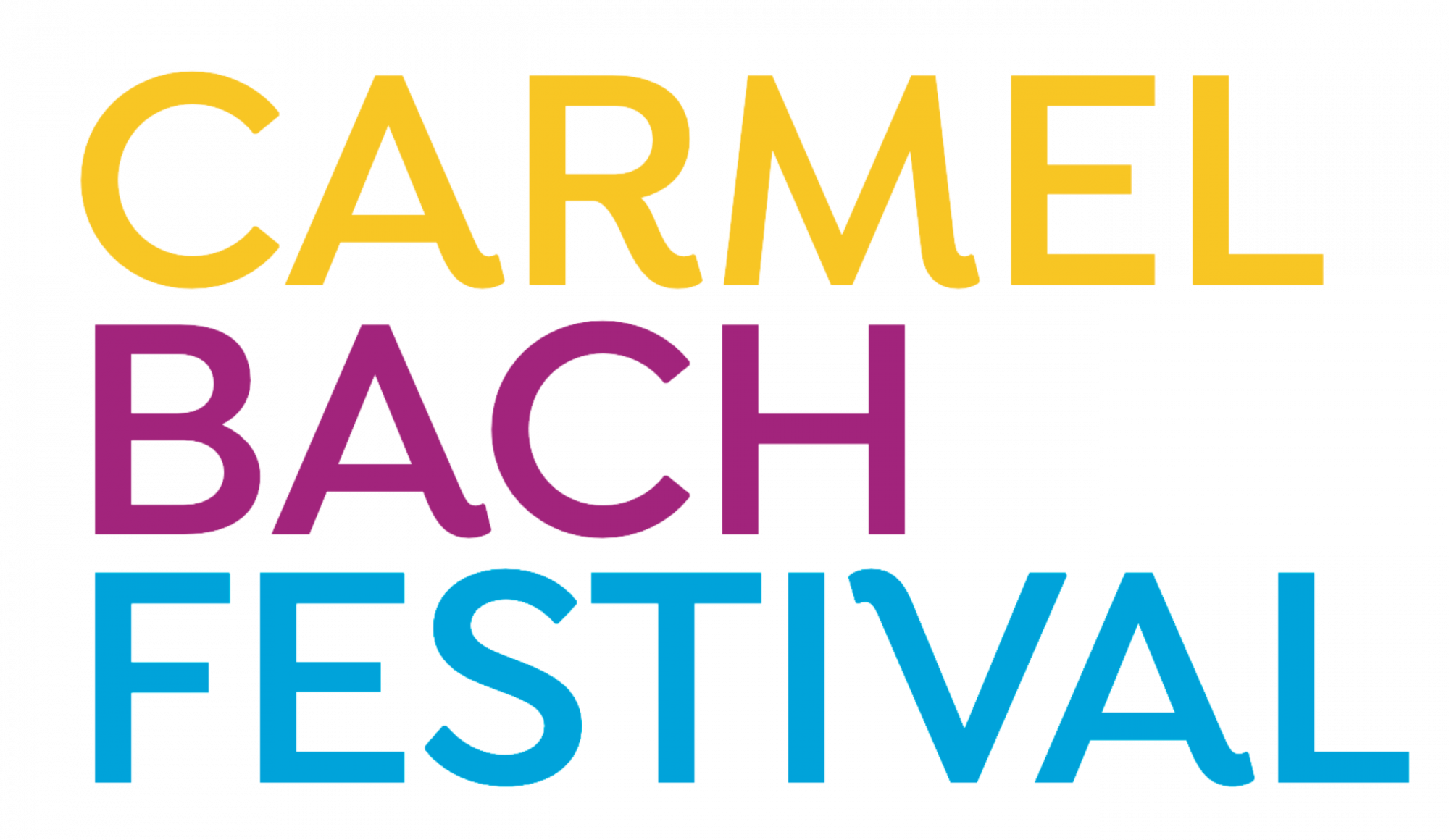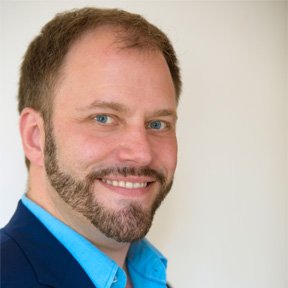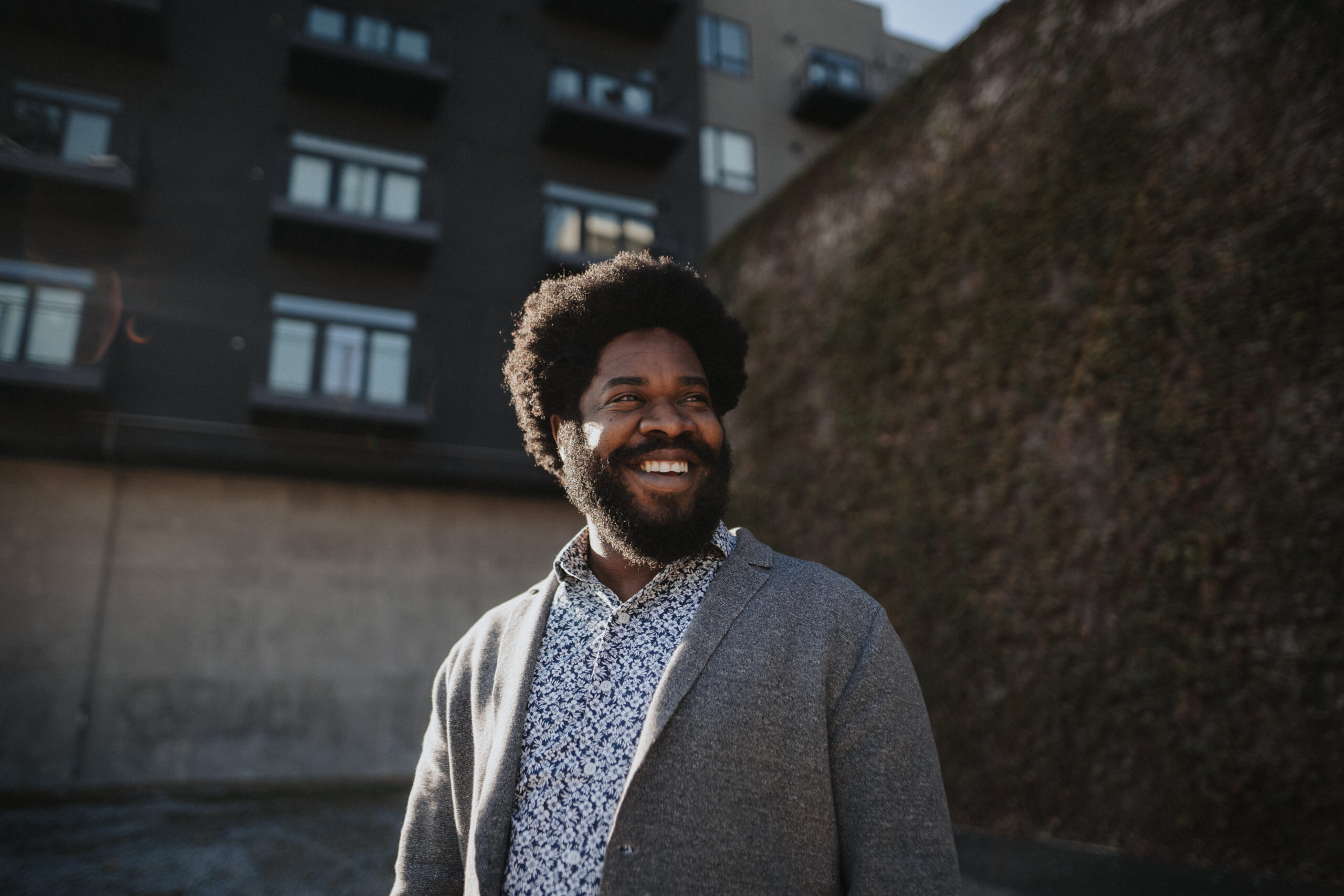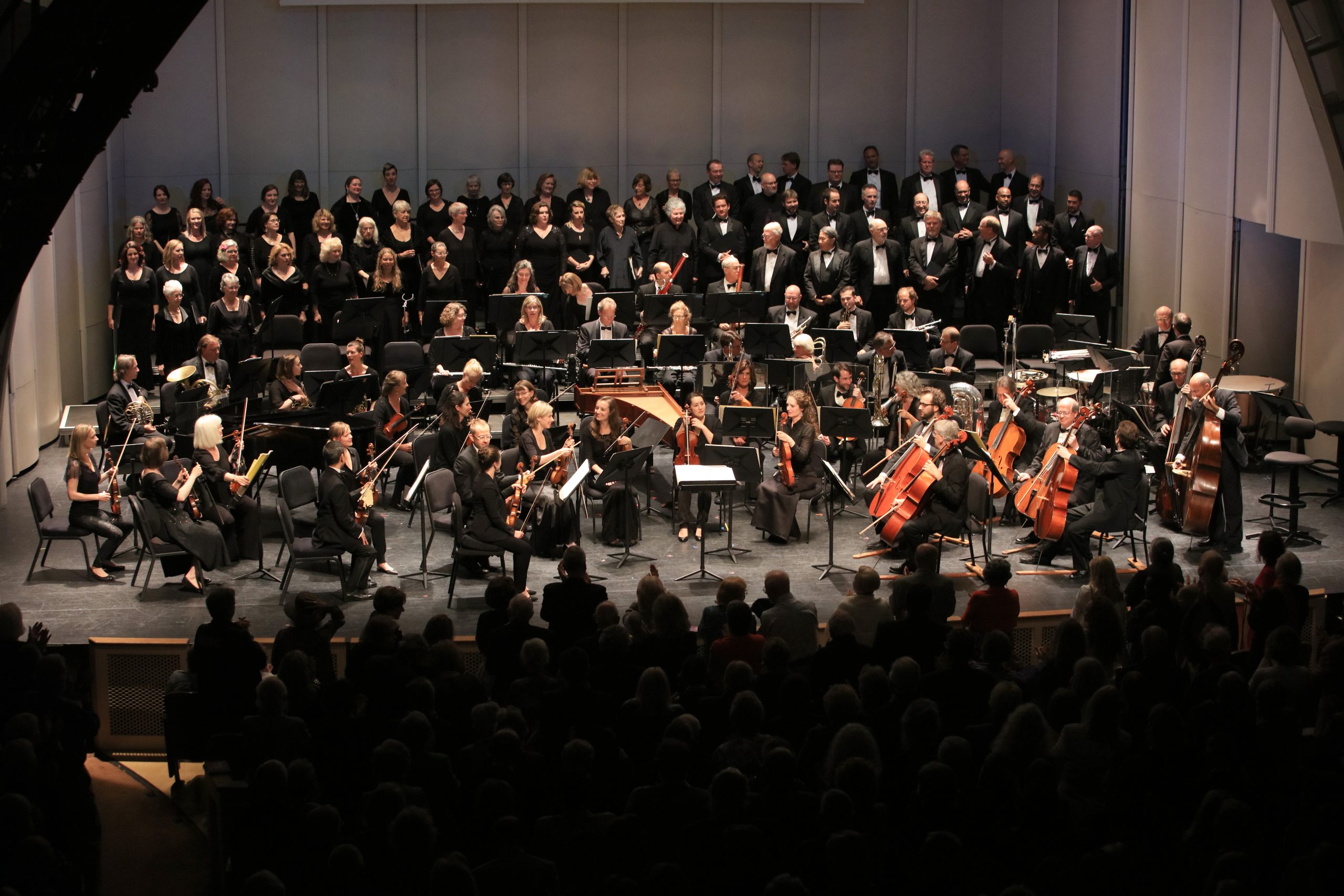
Easter Oratorio
Saturday, July 30, 7:30 PM
Artists: Festival Orchestra, Chorale, and Soloists (Clara Rottsolk, soprano; Meg Bragle, mezzo-soprano; Thomas Cooley, tenor; Dashon Burton, bass-baritone), conducted by Nicholas McGegan
| JEAN-PHILIPPE RAMEAU | Suite from Dardanus | |
| (1683–1764) | Overture | |
| Tambourins | ||
| Air vif | ||
| ler Air–Grave | ||
| Air–Vivement | ||
| Air: ‘Lieux Funestes” | ||
| Thomas Cooley, tenor | ||
| Air Gai ‘Les Niais de Sologne’ | ||
| Chaconne | ||
| JOHANN SEBASTIAN BACH | Easter Oratorio, BWV 249 | |
| (1685–1750) | 1. Sinfonia | |
| 2. Adagio | ||
| 3. Duetto e Coro: “Kommt, eilet und laufet” | ||
| 4. Recitativo: “O Kalter Männer Sinn” | ||
| 5. Aria: “Seele, deine Spezereien” | ||
| 6. Recitativo: “Hier ist die Gruft” | ||
| 7. Aria: “Sanfte soll mein Todeskummer” | ||
| 8. Recitativo ed Arioso: “Indessen seufzen wir – Ach! Ach! Könnt’es doch nur bald geschehen” |
||
| 9. Aria: “Saget, saget mir geschwinde” | ||
| 10. Recitativo e Coro: “Wir sind erfreut — Preis und Dank” | ||
| 11. Chorale: “Es hat mi tuns num keine Nott” | ||
Program Notes
French 18th century composer and music theorist Jean-Philippe Rameau is most famous for his contributions to the French operatic tradition, arguably second only to the father of French opera, Jean-Baptiste Lully.
Rameau’s Suite from Dardanus includes 14 delightful musical vignettes taken from his opera which premiered in 1739. The opera’s reception was dampened by its weak libretto, and in the orchestral suite, it becomes clear the music is transcendent on its own.
Dardanus is based on Greek mythology, which was a popular theme in the developing French genre of tragédie en musique, but the libretto was criticized for being too light-hearted and mythologically inaccurate to be a tragic opera. The story follows Dardanus, the son of Zeus and Electra, through a fairytale-like journey, where Dardanus is secretly in love with Iphise, the daughter of his enemy, King Teucer. But after Dardanus successfully defeats a monster, he wins the princess’s hand, and they all live happily ever after. It’s not difficult to see why this storyline fell short of the audience’s expectations, but the music, which is regarded by musicologists as one of Rameau’s richest scores, was seemingly strong enough to prevent the show’s failure. Performances of the opera continued after Rameau’s death, however seldomly, and it was granted new life as an orchestral suite in the 20th century.
The Suite opens in the spirit of a festive Renaissance dance highlighted by tambourin jingles and rhythmic drumming. The second and fourth movements star the Baroque flutes’ floating melodies and luscious oboe lines. Movement five, Rigaudon, boasts captivating rhythmic undercurrents performed by the low strings. The final movement, Chaconne, features the warmth of the woodwind section, bright fanfares in the brass, and virtuosic passages in the strings leading to a satisfying, peaceful close.
— Jennifer Candiotti
Bach’s Easter Oratorio begins with a Sinfonia that sets the table for a celebration of Christ’s Resurrection on Easter Sunday. Trumpets and drums — brilliant and majestic — lead the way. The effect would have been striking to 18th-century congregants, having heard no extravagant music in church during the 40 days of Lent prior to Easter Sunday.
The Easter Oratorio is not as well-known as Bach’s other major works, which is a bit mystifying since the glorious music is unmistakably Bach. The composer must have been pleased with the work since he borrowed from himself — as Bach often did — and used the music for two different secular cantatas.
The music was first created in 1725 as a secular birthday cantata for Duke Christian of Saxe- Weissenfels with a pastoral text by the poet Christian Friedrich Henrici who wrote under the pen name of Picander. The soloists were shepherds and shepherdesses.
Five weeks later, on Easter Sunday, Bach debuted the work in Leipzig. It was essentially the same music but with different text (probably also by Picander). The soloists became Mary mother of James, Mary Magdalene, Peter, and John transforming the secular cantata to a sacred musical drama. The music was heard again a year later with a new secular text, for the birthday of Count Joachim Friedrich von Flemming. By 1738 the cantata finally emerged as the Easter Oratorio. This sort of self-plagiarism was a common tactic of Bach’s.
The work is based on the Easter reading from the Gospel of John. Bach emphasizes the meditation on faith over religious theatre, keeping the expressive character of the story in the music: excitement, confusion, and grief. Even the instrumental movements communicate the story’s substance: festive joy in the Sinfonia, uncertainty in the Adagio.
Unlike the St. John Passion and other of Bach’s religious works, the Easter Oratorio has no narrator but has four characters assigned to the vocal soloists: Simon Peter (tenor) and John the Apostle (bass), appearing in the first duet hurrying to Jesus’ grave and finding it empty, meeting there Mary Magdalene (mezzo- soprano) and Mary Jacobe (soprano).
This is sacred music, but it is composed with Bach’s remarkable operatic instinct. In the soprano aria (No.5), a beautiful flute solo becomes a symbol for the consoling Holy Spirit. In the tenor aria (No.7), Peter observes the shroud that wrapped Jesus and now his own fear of death can rest.
This was originally a secular cantata about shepherds and shepherdesses. The text speaks of spiritual comfort but the soothing music featuring a pair of flutes could easily accompany a peaceful pastoral scene — with grazing sheep perhaps.
Bach portrays conflicting emotions in the mezzo-soprano aria (No.9) with music that is surprisingly cheerful: Mary Magdalene is overjoyed at the news of the Resurrection,
but longs for the presence of Jesus. When the dance-like music slows and Mary Magdalene’s anguished exhalations are matched by an oboe d’amore, the effect is even more intense.
Dance rhythms are present in the entire work. Uniquely for Bach, the first three movements are all triple-time dances — two exuberant gigues framing a mournful sarabande — and the remaining arias and final chorus a Baroque dance suite: minuet, bourrée, gavotte, and gigue.
— Scott Seward






